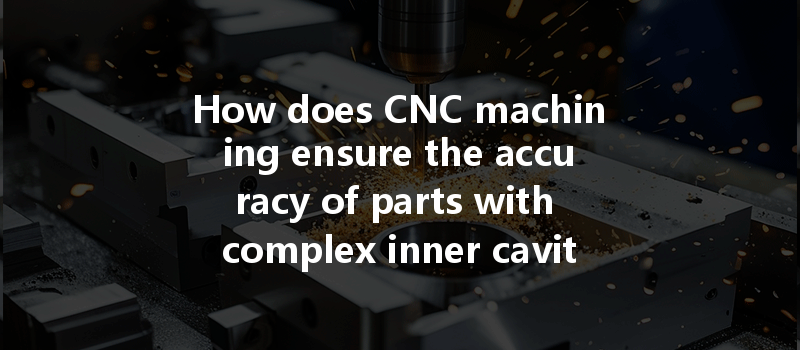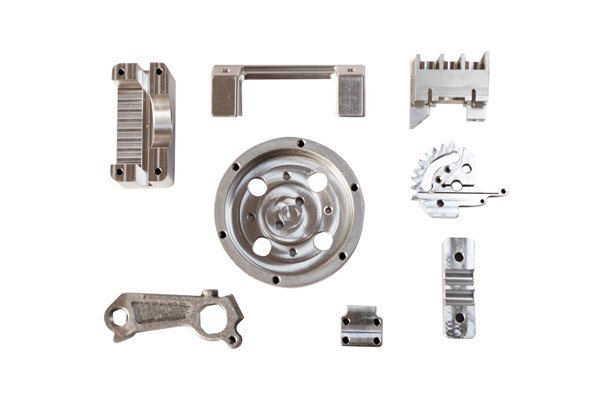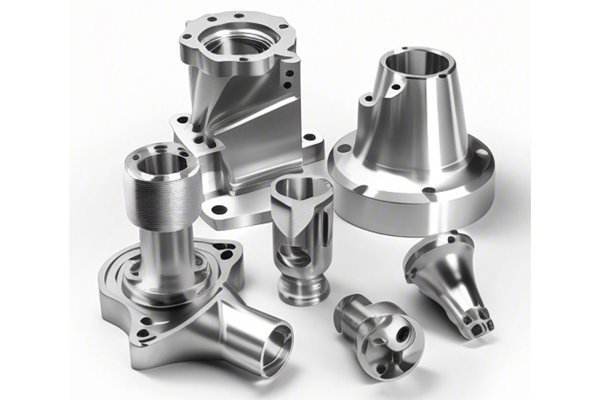Opening
Did you know that CNC machining can achieve tolerances as tight as ±0.005 inches? This level of precision is essential, particularly when working with parts that feature complex inner cavity structures, commonly found in aerospace, automotive, and medical applications. As industries demand higher accuracy and advanced functionalities, understanding how CNC machining meets these requirements becomes crucial. In this blog, we will dive deep into the technologies, strategies, and best practices employed in CNC machining to ensure the highest accuracy in complex parts.
—
The Importance of CNC Machining for Complex Inner Cavities
Modern industrial applications increasingly require parts with intricate geometries and internal features. These elements are often critical for the part’s functionality, performance, and even safety. Whether it’s the precision-engineered components of an aircraft engine or the intricate channels within a fluid management system, achieving high accuracy in machining is vital.
Key Challenges
Before delving into advanced CNC machining techniques, it’s essential to acknowledge the significant challenges involved in creating parts with complex inner cavities:
By addressing these challenges with innovative techniques and equipment, CNC machining continues to play a significant role in efficient manufacturing.
—
Core Technologies in CNC Machining for Complex Structures
To achieve high accuracy in parts with complex inner structures, selecting the right tooling is crucial.
A. Multi-Axis Machining
Multi-axis CNC machines, particularly 5-axis systems, provide unparalleled flexibility. They can approach the workpiece from various angles, allowing for the machining of intricate internal cavities without requiring multiple setups. This not only improves accuracy but also significantly reduces cycle times.
B. Special Tooling Solutions
Specialty tools such as long-reach end mills, corner radius end mills, and custom tooling designed specifically for the part can be utilized.
Effective workholding ensures that the part remains secure and aligned during machining operations.
A. Jigs and Fixtures
Custom jigs and fixtures can be designed to specifically hold complex parts in a way that offsets forces and vibrations, ensuring stability.
B. Vacuum Fixtures
Vacuum clamping systems are particularly effective for thin-walled parts, as they reduce the risk of distortion while allowing for easy access to inner cavities.

Modern manufacturing relies heavily on sophisticated Computer-Aided Design (CAD) and Computer-Aided Manufacturing (CAM) software.
A. 3D Modeling and Simulation
These software tools allow engineers to create detailed 3D models of the part, predict how the materials will behave during machining, and simulate tool paths.
To ensure precision outcomes, high-quality metrology tools are essential for measuring parts post-machining.
A. Coordinate Measuring Machines (CMM)
CMMs are indispensable for verifying that parts meet specified tolerances. By measuring the part’s geometric characteristics, manufacturers can ensure adherence to strict dimensional guidelines.
B. In-Process Monitoring
Implementing real-time monitoring systems can alert operators to issues such as tool wear or misalignment, ensuring that adjustments can be made on-the-fly.
—
Best Practices for Accurate CNC Machining of Inner Cavities
The essence of achieving optimal results starts with meticulous planning and design. This includes collaborating with designers to ensure the part can be machined without excessive complexity.
Selecting the right material is vital for part functionality and machinability. It helps to evaluate mechanical properties such as:
Using advanced CAM software, toolpaths can be optimized based on factors like:
To achieve the desired surface finish and further strengthen parts, processes such as heat treating, anodizing, or polishing may be employed.
—
CNC machining is a transformative technology that addresses the growing demand for precision-engineered parts featuring complex inner structures. By employing advanced tooling techniques, precision workholding, sophisticated CAD/CAM software, and rigorous quality assurance practices, manufacturers can ensure that their parts not only meet but exceed industry standards.
As we continue to innovate and refine the technologies and practices surrounding CNC machining, it highlights the importance of staying informed and adaptable in this rapidly evolving field. Whether you’re a designer, an engineer, or a manufacturing professional, understanding these capabilities can lead you to make informed decisions for your projects.
CNC machining serves as the backbone of modern manufacturing, ensuring that accuracy is not just a goal but a standard for the future of engineering. By embracing these strategies, we can create parts that truly push the boundaries of what’s possible in complex geometries and applications. Let’s consider the role of precision in our work and the impact it has on the wider industry as we move forward together toward an even more precise future.






